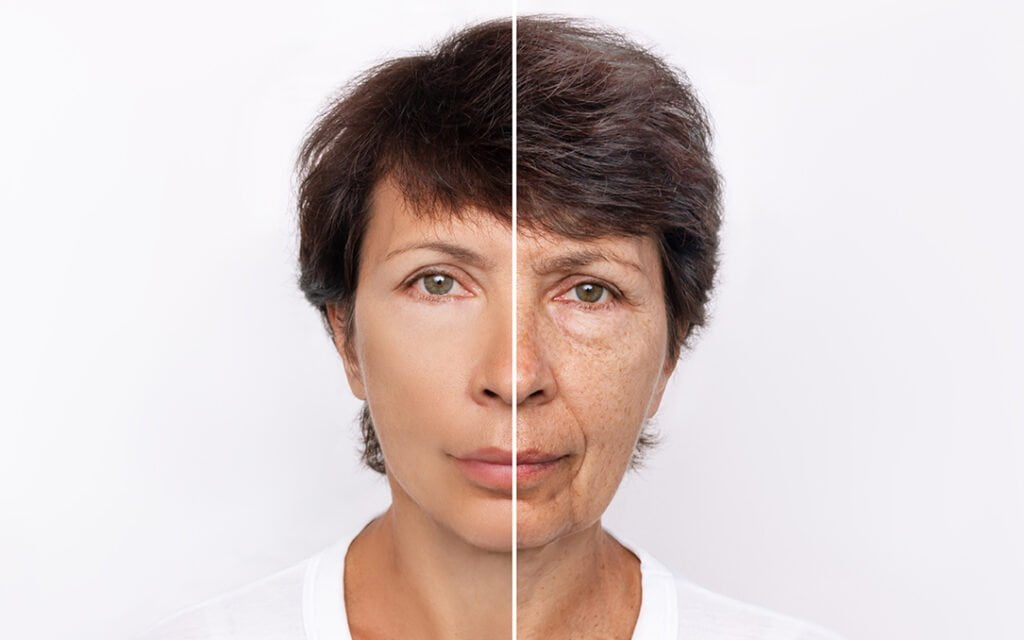The visible signs of aging, such as sagging skin, deep wrinkles, and a tired appearance, can impact how individuals perceive themselves. For many, these changes may lead to a desire to restore a more youthful look. One approach people explore is a facelift, a cosmetic surgical procedure designed to reduce the appearance of aging. While every individual’s needs are unique, understanding how a facelift works and its potential effects is helpful for those interested in this option.
Contents
Addressing Facial Volume Loss and Sagging Skin
A facelift, or rhytidectomy, primarily aims to tighten and reposition tissues in the face to address signs of aging like volume loss and sagging skin. With age, collagen production decreases, and gravity, coupled with lifestyle factors, can result in the loosening of skin and the prominence of deep folds, such as those around the nose and mouth. This procedure involves lifting and reshaping the underlying muscle and tissue to provide a smoother, firmer contour. While it is not a substitute for skincare or non-invasive treatments, a facelift addresses structural changes that other methods may not fully resolve.
Targeting Contours of the Jawline and Neck
Changes in the jawline and neck are common as people age. Loose skin in these areas often creates jowls, a feature that makes the neck appear less defined. During a facelift, surgeons often focus on these regions, tightening the skin and underlying muscles to enhance the jawline’s definition and streamline the neck’s appearance. This targeted approach helps restore the contours that are typically associated with a youthful profile.
Facelifts can also address other visible signs of aging, such as sagging cheeks and deep wrinkles. The procedure offers a more harmonious and natural-looking rejuvenation, tailored to each individual’s unique features and goals. This comprehensive approach helps restore confidence and a more youthful appearance.
Results Beyond the Skin’s Surface
Though a facelift is mainly associated with improving physical appearance, the procedure may have additional psychological and social benefits for some individuals. Restoring a youthful facial structure may enhance confidence, contributing to a positive self-image. While results vary from person to person, many who undergo this procedure feel more aligned with their inner vitality, which can translate to a renewed sense of self. It is worth noting that while these effects can be significant, they do not replace the value of inner self-acceptance.
Choosing Professional Expertise
When exploring the possibility of a facelift, selecting the right professional is key. Board-certified surgeons provide consultations to discuss the potential outcomes that align with a person’s goals. Thorough discussions about medical history, realistic expectations, and post-procedure care helps the process align with individual needs. It is always recommended to connect with experienced professionals who prioritize safety and personalized approaches.
Rejuvenating Your Apperance With a Facelift
A facelift is one of several ways to address the signs of aging. It is designed to provide a refreshed and rejuvenated appearance. Advancements in cosmetic surgery now offer more refined techniques. These techniques blend natural aesthetics with lasting results. For anyone considering a facelift, discussions with trusted surgeons can help you plan the right approach. Rather than seeking perfection, this procedure often serves as a way to reconnect with one’s sense of self.

Sarah Wilson, an accomplished writer and seasoned blogger, weaves compelling narratives that transport readers to new and uncharted worlds. With a talent for vivid storytelling and thoughtful insight, her work leaves a lasting mark, enchanting both the imagination and intellect.
